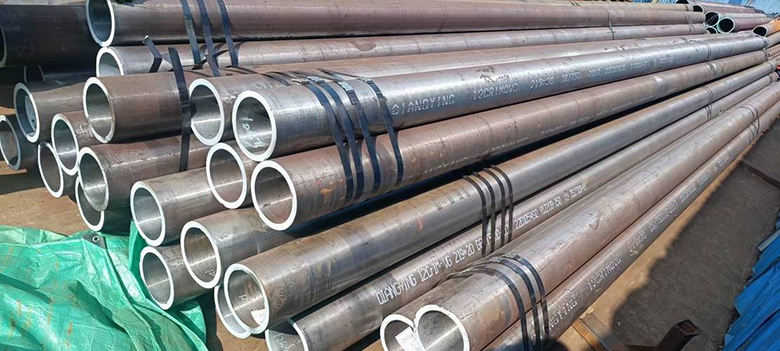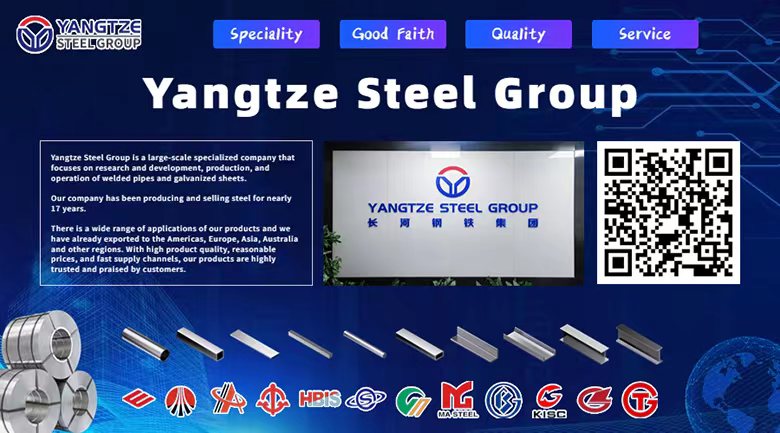Differences between carbon steel pipes of different standards
Carbon steel pipes of different standards have differences in chemical composition, mechanical properties, manufacturing process and use. Common carbon steel pipe standards are:
Standard | Applications | Grade | Applicable temperature | Tensile strength (MPa) |
ASTM A53 | Fluid transportation, structural use | A, B | Normal temperature | ≥ 330 (Grade A) ≥ 415 (Grade B) |
ASTM A106 | High temperature and high pressure fluid transportation | A, B, C | -29℃ to 427℃ | ≥ 415 (Grade B) |
ASTM A106 | Long distance transportation of petroleum and natural gas | X42, X52, etc. | Normal temperature | ≥ 290 (X42) ≥ 360 (X52) |
JIS G3454 | Medium and low pressure fluid transportation | STPG370, STPG410 | Normal temperature | ≥ 370 (STPG370) |
GB/T 8163 | Seamless steel pipe for fluid transportation and structural use | None | Normal temperature | ≥ 415 |
Selection suggestions for carbon steel pipes of different standards
When selecting carbon steel pipes, factors such as the use environment, temperature, and pressure should be considered. Here are some suggestions:
●For ordinary fluid transportation or building structures, carbon steel pipes of ASTM A53 or GB/T 8163 standards can be selected, which are cost-effective and suitable for low-pressure environments.
●If it is high-temperature and high-pressure fluid transportation, ASTM A106 is recommended, especially in the field of petroleum and chemical industry, which can ensure higher safety and durability.
●API 5L meets the requirements of long-distance transportation and is suitable for oil and gas pipelines in harsh environments.
●JIS G3454 is suitable for medium and low pressure systems, economical and affordable, and suitable for small-diameter or low-pressure pipelines.

The above introduces carbon steel pipes of different standards and their main uses and applicable scenarios. If you need more detailed technical parameters, please consult us.









